Introduction
Street art is transforming cityscapes around the globe, turning ordinary walls into canvases that celebrate vibrant expression and creative genius. This dynamic form of urban art, encompassing graffiti, murals, and other mediums, not only beautifies public spaces but also provokes thought, tells community stories, and promotes cultural dialogue. As we delve into the colorful world of street art, we’ll explore how these public artworks are becoming integral to urban identity and a crucial part of our visual surroundings.
Evolution of Street Art
Origins of Street Art
The story of street art traces back to ancient times when people communicated through images drawn on walls, but as a recognized form of urban art, its roots are firmly planted in the rise of graffiti culture of the 1960s and 1970s in New York and Philadelphia. Initially considered as vandalism, the early graffiti was mainly about tagging walls and subway cars with signatures or ‘tags’ of the artists. Over time, these tags evolved into bigger and more elaborate pieces, known as ‘masterpieces’, filling entire walls with vibrant colors and intricate designs. This evolution marked the beginning of what we now perceive as modern street art.
Rise of Street Art as a Global Movement
As street art gained popularity, it spread rapidly across the globe, influenced by its ability to convey powerful messages and transform public spaces dramatically. The 1980s and 1990s saw the emergence of street artists who became iconic figures, like Banksy, whose satirical and politically-charged artworks garnered international attention. Festivals dedicated to street art, such as POW! WOW! and Meeting of Styles, began to appear, providing platforms for artists to showcase their work and collaborate, effectively turning it into a worldwide movement. Today, cities from London to Buenos Aires boast vibrant street art scenes, each adding a unique voice to this dynamic art form.
Impact of Street Art on Urban Culture
Beautification of Urban Spaces
Street art contributes significantly to the aesthetic enhancement of urban areas. Once dull and neglected spaces turn into open-air galleries, attracting tourists and locals alike. Murals often cover entire sides of buildings, infusing life and color into the urban landscape. The transformation of these spaces translates to increased foot traffic and economic activity, proving that street art can be a tool for urban revitalization.
Social and Political Commentary
Beyond beautification, street art serves as a platform for social and political discourse, offering an unfiltered voice for communities. Artists frequently tackle pressing issues such as inequality, environmental concerns, and human rights through provocative imagery and text, sparking public debate and awareness. This form of public art becomes not just a visual experience but a conversational catalyst, reflecting the community’s pulse and societal issues.
Creating a Sense of Community
In addition to altering physical spaces and inspiring conversation, street art helps forge a sense of community. Mural projects often require collaboration and interaction among artists, locals, and organizers, fostering community engagement and pride. Communal art initiatives promote a shared responsibility for the aesthetic and cultural environment of the neighborhood, strengthening local bonds and encouraging a collective identity centered around art and creativity. Through these communal activities, street art not only beautifies but also builds tighter, more connected communities.
Controversies Surrounding Street Art
Street art, while celebrated as a form of urban expression and creativity, is not without its controversies. One of the central issues it faces is its legality and the fine line it treads with vandalism. Many artists operate without official sanction, leaving their marks on private and public properties, which complicates how their art is perceived and handled legally.
Legal Issues and Vandalism
The complexities of street art often emerge from its unauthorized nature. In many cities, any unsanctioned artwork on public or private property is considered vandalism, punishable under law. This classification often leads to a paradox where street art is both celebrated as a cultural treasure and condemned as illegal activity. The legal ramifications for artists can be severe, ranging from fines to incarceration, depending on local law enforcement’s views on street art.
Debate on Street Art vs. Graffiti
Understanding the difference between street art and graffiti is crucial in appreciating the former’s artistic and cultural value. Street art is often seen as any visual art created in public locations, typically meant for public visibility and designed to communicate a deeper message. Graffiti, on the other hand, originated as a form of tagging or marking territory and might not aim to convey broader messages. This distinction is essential, yet the line can be blurry, leading to debates about legitimacy and acceptance within the community and local governments.
Street Art Techniques and Styles
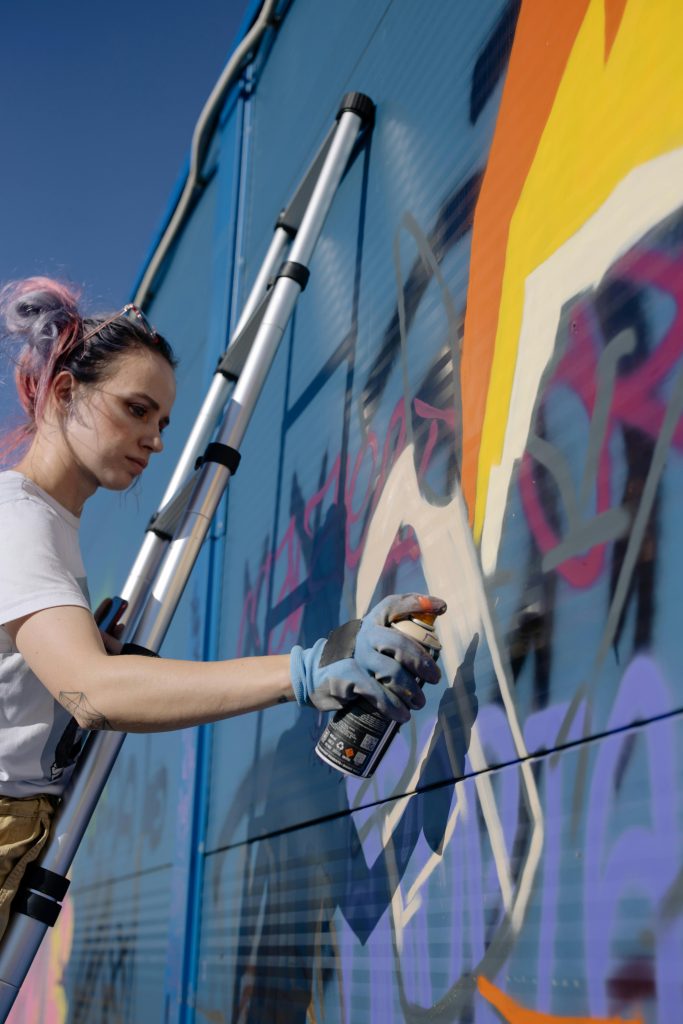
As street art has evolved, so have the techniques and styles employed by artists. These methods not only define the uniqueness of each piece but also help in understanding the artists’ intentions and messages.
Stenciling
Stenciling is one of the most popular techniques in street art. This method involves creating a template or stencil that is then used to reproduce the same image multiple times. Artists like Banksy have popularized this technique because it allows for quick, precise, and reproducible messages in various locations, providing a powerful tool for social and political commentary.
Wheatpasting
Another technique widely used in street art is wheatpasting, which involves making a paste from flour and water to adhere posters or drawings to walls and other surfaces. This method is favored for its eco-friendliness and ease of removal, making it less likely to permanently damage property. Wheatpasting is commonly used for temporary, experimental art that challenges viewers’ perceptions and encourages public interaction.
Muralism
Muralism is a technique that involves large-scale paintings on walls and other large surfaces. This style has been a significant aspect of public art for decades and allows street artists to transform entire buildings into stunning visual narratives. These murals often become iconic symbols of the neighborhoods they adorn, telling stories that reflect the local culture, history, and social issues.
Celebrating Notable Street Artists
Banksy
Easily one of the most enigmatic figures in the street art scene, Banksy has captivated audiences around the globe with his provocative, satirical work. Emerging from the shadows of Bristol, UK, his pieces often feature stark, impactful imagery paired with sharp political and social commentary. Banksy’s technique of stenciling and his distinctive style have made his works iconic, turning public walls into coveted canvases. His anonymity further adds a layer of mystique, making each piece a headline-worthy event.
Shepard Fairey
American artist Shepard Fairey is another colossal name in street art, widely recognized for his “Obey Giant” campaign and his iconic “HOPE” poster for Barack Obama’s 2008 presidential campaign. Fairey’s style, rooted in the skateboarding scene, fuses elements of graffiti, pop art, and classic poster design, challenging viewers to question authority and the role of media. His work is not just seen on city walls but has also been displayed in prestigious galleries, demonstrating the fluid boundary between street art and high art.
Swoon
Turning urban environments into imaginative exhibitions, Swoon, whose real name is Caledonia Curry, breathes life into places with her detailed cutouts and installations. Known for her humanistic portraits and dedication to social issues, Swoon adds a layer of emotional depth to the often edgy street art scene. Her work, often created from recycled materials, emphasizes sustainability and community, transforming public spaces with stories of resilience and beauty.
Street Art Festivals and Events
Importance of Street Art Festivals
Street art festivals are pivotal in transforming urban environments into dynamic galleries that showcase the vibrant, often transient world of public art. These festivals play a crucial role in legitimizing street art as a contemporary art form, bringing it into the mainstream discourse. They also foster community engagement, tourism, and cultural exchange while providing artists with platforms to collaborate and showcase their work on an international stage. As a result, street art festivals contribute significantly to the cultural and economic vitality of cities.
Major Street Art Events Worldwide
Across the globe, numerous street art festivals have risen to prominence, drawing visitors and artists worldwide. Europe’s POW! WOW! festival, originally from Hawaii, stands out for its global reach, hosting events from Rotterdam to Taiwan. On the other side of the world, Melbourne’s famous Hosier Lane is a year-round festival of color and expression. In North America, MURAL Festival in Montreal offers an expansive canvas to both established and emerging artists, hugely influencing the public’s engagement with street art. These events not only highlight the talents of prolific muralists and street artists but also rejuvenate neighborhoods and inspire local communities.
Preserving Street Art
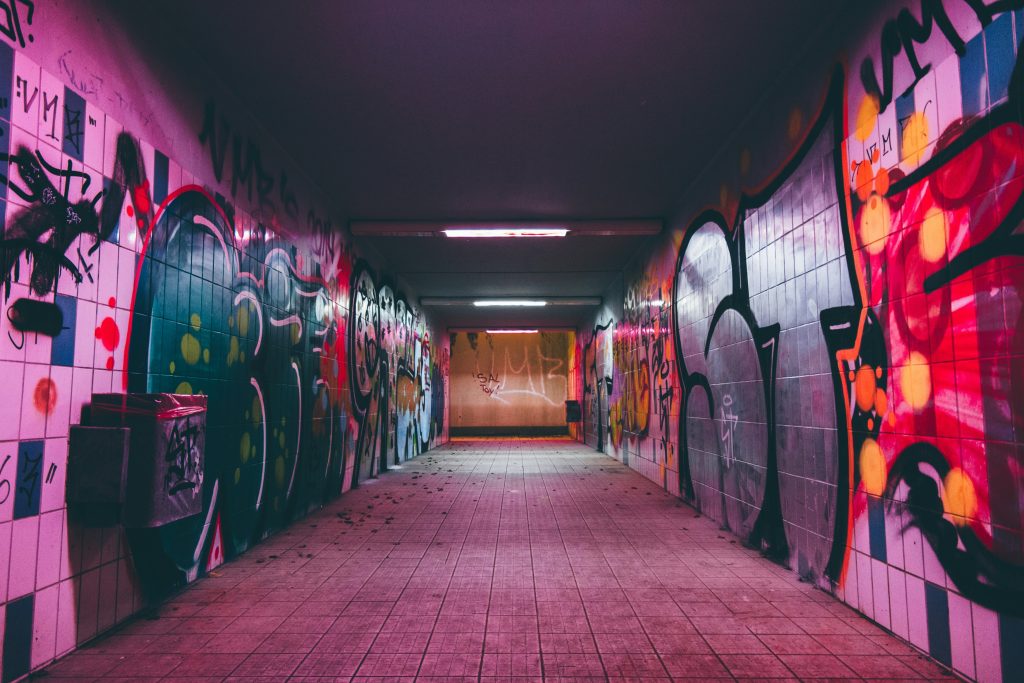
Street art, by nature, is ephemeral. Created on public surfaces, it is often subject to the elements, vandalism, or even removal due to its sometimes controversial presence. This temporary aspect both adds to its allure and creates significant challenges when it comes to preservation.
Challenges in Preserving Temporary Art
One of the most significant hurdles in preserving street art is its legality. Since a lot of street art is created without official permission, its legal status can make preservation efforts tricky. Additionally, the materials used in street art, such as spray paint, are not always made to last. Exposure to weather conditions, sunlight, and pollution can degrade these materials quickly, fading the vibrant colors and intricate details that make each piece unique. Not to mention, as cities grow and change, the buildings that host these artworks can be demolished, further complicating preservation efforts.
Strategies for Conservation
To tackle these challenges, communities and conservationists are coming together with innovative solutions:
– Legal Protection: Cities are designespecific zones where street art is protected and artists are encouraged to display their work legally.
– Restoration Projects: Experienced conservators are increasingly involved in restoring aging street art, using advanced techniques to match colors and repair damage.
– Documentation: Digital photography and 3D modeling allow for accurate records of artworks at their peak, preserving their images long after the originals have faded.
Through these efforts, the transient beauty of street art not only decorates but also endures in the urban landscape, serving as a lasting emblem of cultural expression and community identity.
Conclusion: Embracing the Street Art Revolution
As we’ve explored the vibrant world of street art, it’s clear that this form of expression is more than just splashes of paint on a wall. Street art is a powerful medium that communicates stories, challenges societal norms, and brings vibrant energy to urban environments. By embracing this art form, cities can transform their appearance, engage their communities in meaningful dialogue, and promote cultural understanding through visually compelling narratives.
Street art continues to evolve, pushing the boundaries of artistic expression and urban creativity. As appreciators and residents in these ever-changing urban landscapes, it’s exciting to think about how street art will continue to influence not only the aesthetic of our cities but also the social and cultural discussions that emerge around them. Let’s keep our minds open to the revolutionary potential street art holds to inspire and provoke thoughts in an ever-evocative global canvas.

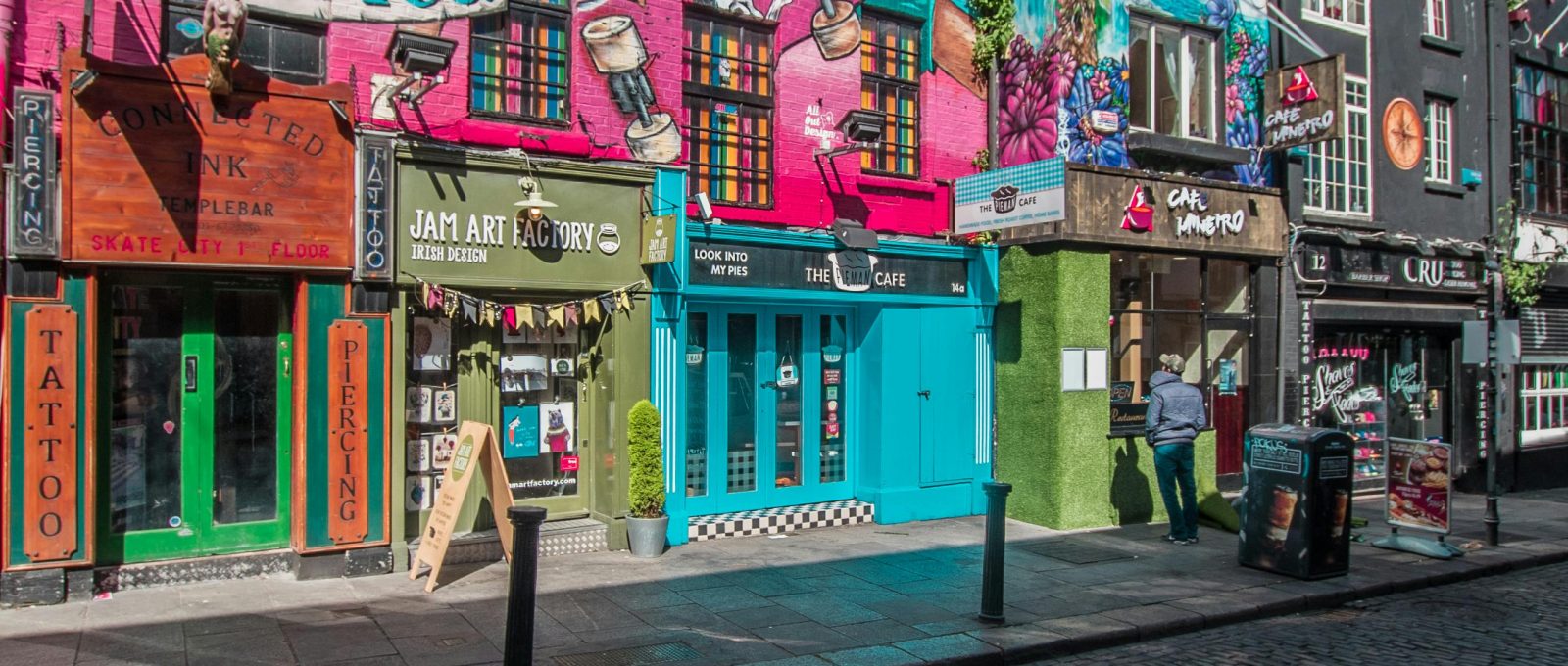

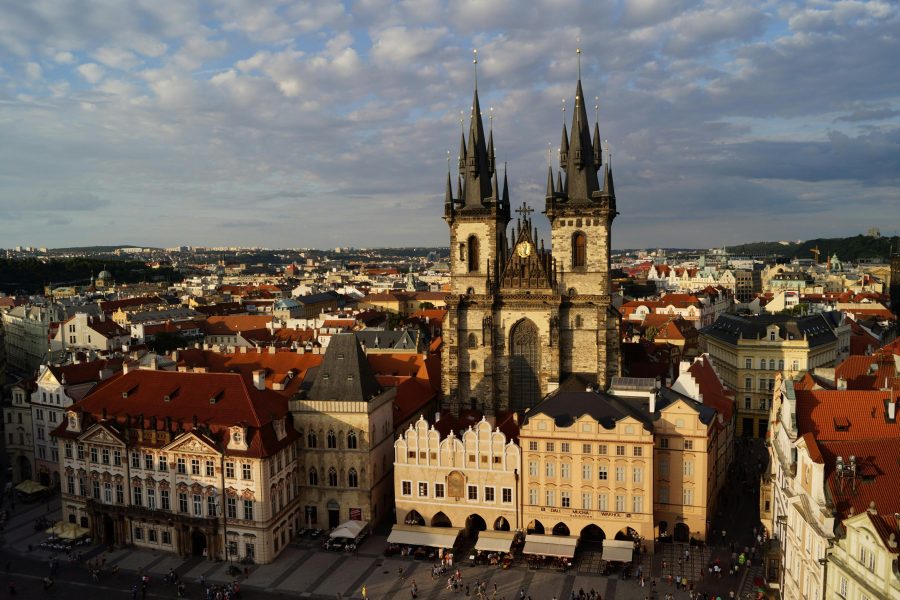
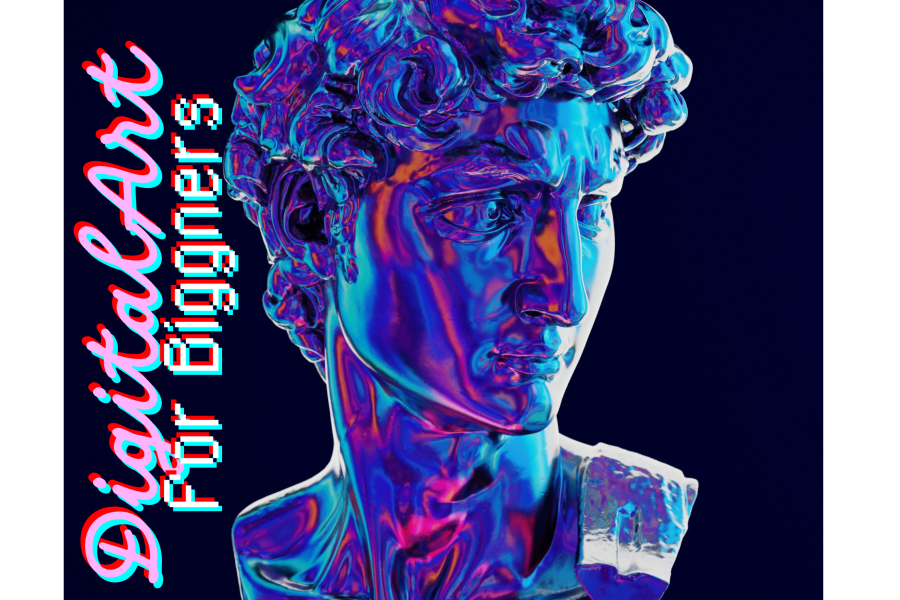
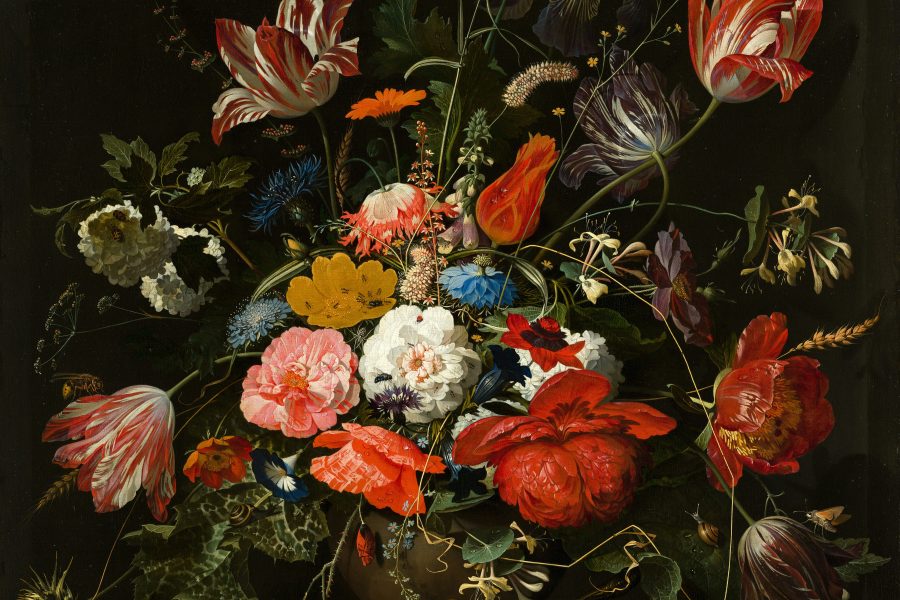
Leave a Comment